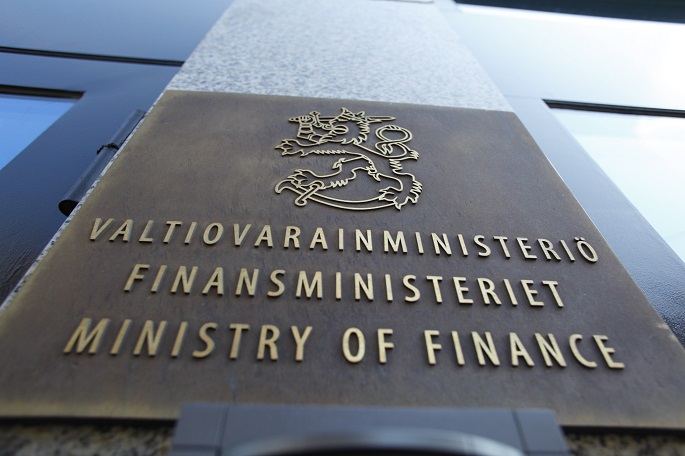Finland upgrades economic growth forecasts: Survey
Published : 19 Jun 2018, 02:58
Updated : 19 Jun 2018, 10:54
The strong growth of the Finnish economy will continue in 2018, according to an economic survey published by the Ministry of Finance on Monday.
The Ministry forecasts economic growth to accelerate to 2.9% this year. Economic growth is projected to slow down to under 2% in the coming years, said an official press release.
Finland’s economy will grow by 1.8% in 2019 and by 1.7% in 2020. Investment will continue to support economic growth, even though construction investment will decline next year.
Growth in exports will level off in line with growth in world trade, and economic growth will no longer be supported by net exports as strongly as before. Household consumption demand will be constrained by the fact that real disposable income will not grow at the same pace as before, said the survey results.
Good economic conditions will reduce the general government deficit and debt ratio. Measures decided by the Government to curb expenditure growth will also strengthen general government finances. The general government budgetary position will be almost in balance by 2020 and the public debt to GDP ratio will fall below 60% next year.
“Finland’s economic outlook is favourable. The economy will grow briskly this year. Thereafter, growth will slow. Disruptions in international trade constitute a threat that, if realised, would badly affect Finland’s economy. During favourable economic conditions, buffers for general government finances should be built up in preparation for more subdued times and unpleasant surprises,” said Director General of the ministry Mikko Spolander.
In 2018, private investment in machinery and equipment as well as investment in residential buildings will grow rapidly. There is an underlying shortage of capacity, which is reflected in economic surveys of industry and construction. Growth of investment is projected to slow significantly in 2019.
This will be due, in particular, to a decline in the number of start-ups for new construction projects. In addition, investment decisions for major forest industry projects have been moved forward.
Rising earnings and an improvement in employment will support private consumption. Growth of household disposable income will slow down, however, as inflation picks up. This, in turn, will curb growth of private consumption.
Growth of exports is expected to continue. Machinery and equipment exports are developing favourably and investment in the forest industry will be reflected in exports. In the forecast period, imports of goods will be boosted by imports of intermediate goods used by the export industry.
Strong economic growth and moderate development of real earnings will maintain demand for labour. There are still so many unemployed people and people outside the labour force that supply will not constrain opportunities to increase employment. In individual sectors, a shortage of skilled labour may become a barrier to growth. The employment rate will rise to 72% in 2019 and further to 72.6% in 2020.
Consumer prices will rise by 1.1% in 2018, and inflation will accelerate in the next few years. Inflation pressures will remain moderate, even though demand for production factors has increased more than supply as a result of economic growth.


